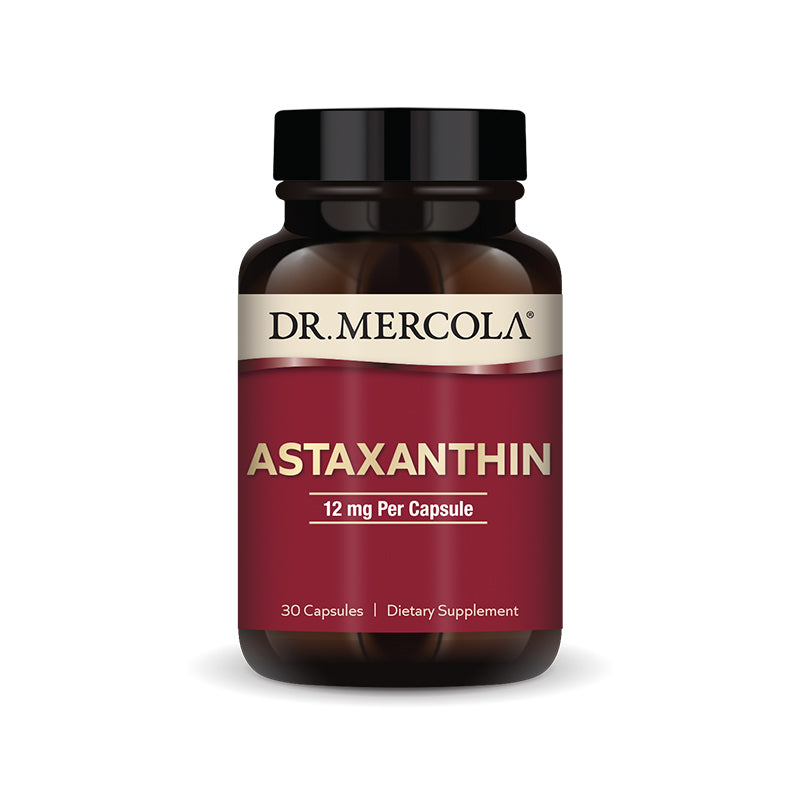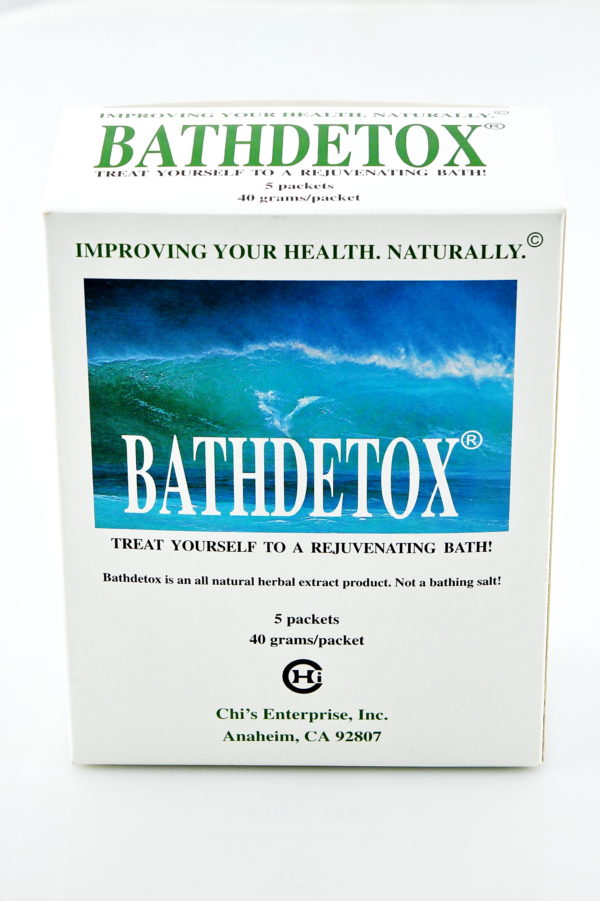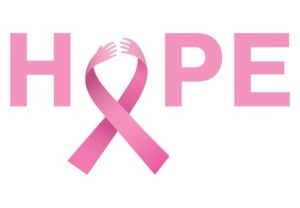Cart
0
by Glen Depke, Traditional Naturopath Sugar is not the evil monster we have been lead to believe, the real issue is the refined sources of our sugar and the quantity of sugar we consume. I will provide a healthy quantity later in this article for you. Before we dive into how much sugar is OK, let’s first look at how sugar would occur naturally for us. If we go back in time most of us would have lived far enough from the equator to experience the change of seasons. This means that the growing season for fruits and vegetables would have been limited, so most of us would have the availability of fruit in mid to late summer and early fall. During this time, we would consume high amounts of fruit, after all, sugar cravings are a part of our natural biochemistry. This over-consumption of fruit would have driven our glucose levels up and increased fructose in our bodies, ultimately driving up insulin and ending in the result of increase fat storage for our bodies. From a natural survival aspect, this would have been perfect. This limited exposure to fruit and sugar along with the high consumption would have “fattened us up” for the cold winter months. This extra fat would have been important to insulate our bodies for the cold weather as well as supplying us with the needed stored glucose for times when food may be scarce in the colder months. So you can see how the sugar cravings, desire to over consume sugar and the increase in fat were perfect for us in a natural survival position. The problem we have now with sugar is that we have this same innate craving for sugar but it is available in our diet on a consistent basis. All sugar, all the time right? On top of this, our stressful and exhausting lifestyles lead us to over consuming sugar as well. Many of us are looking for sugar to stimulate cortisol production, which is a hormone produced in the adrenals, to simply feel as if we have energy to get through the day. The problem here is that this stimulated energy is not a good core source of energy and ultimately it even worsens your adrenal function, leading to a further need for stimulation. As a side note, if you are looking to stimulate energy via adrenal hormone production, it is best to add the Prime Adrenal Support with its vitamin B5, since this is the beginning of all adrenal hormone production.
To make things worse, we are often using sugar as a means of mood regulation. I know I have in the past and I suspect you have also. You likely get this picture, a tough day at the office, tons of stress and mental/emotional pressure, with this leading to an indulgence in some type of sugar self-medication. This could be some ice cream, piece of cake, a cocktail, glass of wine or anything that adds some sweetness into our lives at that time. This is as mentioned, our way of self-medicating. The problem is that while this may help us feel better in the moment, it ultimately creates deeper issues for us and leads to a chronic desire to continue our sugar self-medication. So you can see why we crave sugar, but it still goes back to the sources of our sugar and quantity of consumption. Let’s look at the sources first as glucose, fructose and sucrose. Glucose is the most important monosaccharide and the body’s preferred energy source from carbohydrates. Glucose is also called blood sugar as it circulates in the blood. Your body processes most carbohydrates you eat into glucose, either to be used immediately for energy or to be stored in muscle cells or the liver as glycogen for later use. Unlike fructose, insulin is secreted primarily in response to elevated blood concentrations of glucose, and insulin facilitates the entry of glucose into cells. Fructose is a sugar found naturally in many fruits and vegetables, and added to various beverages such as soda and fruit-flavored drinks. However, it is very different from other sugars because it has a different metabolic pathway and is not the preferred energy source for muscles or the brain. Fructose is only metabolized in the liver and is also more fat-producing than glucose. Unlike glucose it does not cause insulin to be released or stimulate production of leptin, a key hormone for regulating energy intake and expenditure. These factors raise concerns about chronically high intakes of dietary fructose, because it appears to behave more like fat in the body than like other carbohydrates. Sucrose is commonly known as table sugar, and is obtained from sugar cane or sugar beets. Fruits and vegetables also naturally contain sucrose. When sucrose is consumed this is divided into individual sugar units of glucose and fructose. Both sugars are then taken up by their specific transport mechanisms. The body responds to the glucose content of the meal in its usual manner and fructose uptake occurs at the same time. The body will use glucose as its main energy source and the excess energy from fructose, if not needed, will be poured into fat synthesis, which is stimulated by the insulin released in response to glucose. To sum up, fructose does increase fat gain, decrease insulin sensitivity and increase cholesterol in overweight and obese people more than glucose, but glucose still increases fat and increases cholesterol. Should you stop consuming fruit? No, just don’t eat an excessive amount. Should you stay away from processed sugars and soda pop? Absolutely but I suspect this is not news to anyone. Is fructose worse for you than glucose? Yes, but both are issues if consumed in too high of amounts. So this leads into the big question. How much sugar is OK? When I have clients that are motivated to look deeper into their dietary habits, I always recommend that you keep you sugar consumption at 100 grams per day or less. This is not just sugar that you have listed on an ingredient list though, this is also natural sugar in whole foods also. Here’s an example of keeping yourself in this quota for a day. To keep this as real as possible for most, I will include some whole foods and processed foods for this example.
- One teaspoon of sugar in your coffee or tea = 4 grams
- 12 ounce glass of apple juice with breakfast = 39 grams
- 1 cup of cooked oatmeal with one teaspoon of brown sugar and a small handful of raisins added = 17.6 grams
- Green leafy salad with chicken breast and avocado for lunch with one medium size pear = 18 grams
- 8 ounce can of Yerba Mate Sparkling Classic Gold tea = 16 grams
- 8 ounce filet with 2 medium carrots and a small handful of olives = 5.8 grams
- 20 ounce flavored latte = 46 grams
- 1 cup of Frosted Flakes, 1 cup of whole milk, 1 piece of toast with one 12 ounce glass of orange juice = 76 grams
- Snickers bar as a snack = 20 grams
- Sandwich with sliced ham, lettuce and tomato with a medium french fry = 15.6 grams
- Cliff Bar as a snack = 22 grams
- 2 cups of cheese ravioli with marinara sauce and garlic bread = 29.4
- Late night snack of 8 ounces of chocolate ice cream = 34 grams
- Dextrose, fructose, and glucose are all monosaccharides, known as simple sugars. The primary difference between them is how your body metabolizes them. Glucose and dextrose are essentially the same sugar. However, food manufacturers usually use the term “dextrose” in their ingredient list. The simple sugars can combine to form more complex sugars, like the disaccharide sucrose (table sugar), which is half glucose and half fructose.
- High fructose corn syrup (HFCS) is 55 percent fructose and 45 percent glucose.
- Ethanol (drinking alcohol) is not a sugar, although beer and wine contain residual sugars and starches, in addition to alcohol.
- Sugar alcohols like xylitol, glycerol, sorbitol, maltitol, mannitol, and erythritol are neither sugars nor alcohols but are becoming increasingly popular as sweeteners. They are incompletely absorbed from your small intestine, for the most part, so they provide fewer calories than sugar but often cause problems with bloating, diarrhea, and flatulence.
- Sucralose (Splenda) is NOT a sugar, despite its sugar-like name and deceptive marketing slogan, “made from sugar.” It’s a chlorinated artificial sweetener in line with aspartame and saccharin, with detrimental health effects to match.
- Agave syrup, as discussed in last week’s article, is falsely advertised as “natural,” is typically HIGHLY processed and is usually 80 percent fructose. The end product does not even remotely resemble the original agave plant.
- Honey is about 53 percent fructose2, but is completely natural in its raw form and has many health benefits when used in moderation, including as many antioxidants as spinach. In a raw form, honey is very high in enzyme activity and also has anti-viral, anti-bacterial, and anti-fungal properties.
- Stevia is a highly sweet herb derived from the leaf of the South American stevia plant, which is completely safe (in its natural form). Note that this can create bloating for some.
- Lo han (or luohanguo) is another natural sweetener, but derived from a fruit.
Apply for Your Opportunity to “Feel Young Again” With Depke Wellness You can also call our office direct at (800) 960-2755. “The products on this page have not been reviewed by the Food and Drug Administration. These products are not intended to diagnose, treat, cure, or prevent any disease.”














